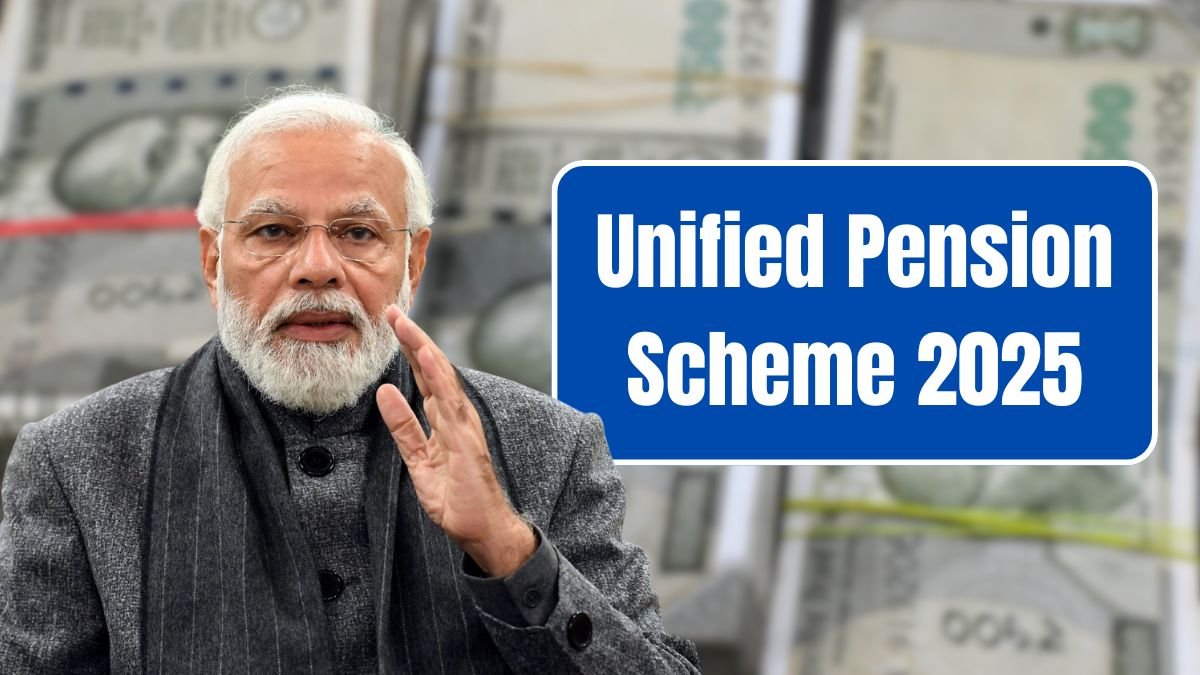When the government launched the Unified Pension Scheme in April 2024, it was meant to be a middle path between the Old Pension Scheme and the National Pension System. The idea was to create a retirement plan that provides a guaranteed payout while avoiding the long-term fiscal burden of the earlier pension system. Yet, more than a year later, only about 1 percent of the 2.7 million central government employees have opted for it.

This lukewarm response has raised questions about whether the scheme meets the expectations of government workers, many of whom remain nostalgic about the benefits of the Old Pension Scheme. While the Unified Pension Scheme does provide some assured benefits, employees have pointed out gaps that make them hesitant to switch.
The Unified Pension Scheme requires employees to contribute 10 percent of their salary, while the government contributes 18.5 percent. After completing 25 years of service, an employee becomes eligible for a pension equal to half of the average basic pay of the last 12 months before retirement. This pension is indexed to inflation, which is a positive feature, and a minimum pension of ten thousand rupees is guaranteed to employees with at least ten years of service. Family members are also entitled to 60 percent of the last drawn pension after the employee’s death.
Despite these assurances, many employees feel the scheme does not match the security of the Old Pension Scheme. Under the old system, employees did not need to contribute from their salaries and the government directly bore the pension cost, which amounted to half of the last drawn salary for life. The Unified Pension Scheme, on the other hand, requires contributions during service and provides benefits only after a long service period. Employees who retire early or leave the service midway see little advantage in choosing this option.

Concerns have also been raised about the limited definition of family that qualifies for pension benefits, the lack of clarity on payouts if an employee dies while in service, and the taxation rules. Since the switch to this scheme is irreversible, employees are naturally cautious about locking themselves into a plan that might not work out in their favor.
The government has recognized these concerns and has tried to make the scheme more attractive. In July, tax benefits similar to those available under the National Pension System were extended to the Unified Pension Scheme, including tax free withdrawal of 60 percent of the retirement corpus. The government has also assured that in cases of death during service or disability, benefits similar to the Old Pension Scheme will apply. Retirement gratuity and death gratuity have been added to the list of entitlements, and deadlines for opting in have been extended.
To further ease the anxiety, the government recently introduced a one-time facility that allows employees to switch back from the Unified Pension Scheme to the National Pension System, provided the choice is made at least one year before retirement or three months before voluntary retirement. This option, however, is not available to employees who face dismissal or compulsory retirement.

From a financial perspective, the government has designed the scheme to avoid excessive strain on public finances. Additional expenses are estimated to be limited in the first few years, with gradual increases as more employees retire. Unlike the Old Pension Scheme, where pension amounts were reset after every pay commission, the Unified Pension Scheme avoids automatic hikes, making it more sustainable in the long run.
The debate is not limited to central government employees. State governments have also grappled with the issue of pension models. While most states adopted the National Pension System in 2004, several states such as Rajasthan, Punjab, Chhattisgarh, Jharkhand, and Himachal Pradesh have reverted to the Old Pension Scheme under political pressure. Economists and the Reserve Bank of India have warned that such a return can put unsustainable pressure on state finances, as pension costs have already grown by over 180 percent in the last decade.

Globally, there is a clear trend away from defined benefit systems like the Old Pension Scheme. Countries such as China, Poland, Denmark, Hungary, Mexico, and Thailand have adopted defined contribution systems that are less burdensome on government budgets. Some nations have gone further by increasing retirement ages, extending vesting periods, and reducing benefits in order to maintain the solvency of public pension systems.
The Unified Pension Scheme is India’s attempt to balance the need for assured income for retirees with the responsibility of managing fiscal discipline. However, unless more clarity is given on the benefits and the perceived gaps are addressed, employees may continue to view it with caution. For now, the scheme represents a compromise that satisfies neither those who want the security of the Old Pension Scheme nor those who prefer the flexibility of the National Pension System.
The story of the Unified Pension Scheme is still unfolding, and its long-term success will depend on whether employees are convinced that it offers both security and value.
Follow You Finance on Instagram and Facebook for more insights into personal finance, investments, and the future of money.















